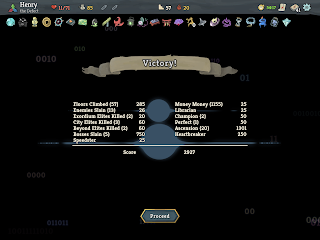Energy Is A Type of Store Currency
Many games have Energy systems. The biggest Collectible Hero / Squad RPG games like Marvel Strike Force are based around Energy. One comment I often hear is that a game like that based around Energy system has more player directedness and agency -- you enter into a session figuring out what you want to spend your Energy on. Usually on furthering some sort of PVE instance or farming a node for materials/shards. We can really think of this as: Energy is really another currency with the various PVE instances or Campaigns serving as Storefronts that take Energy in exchange for materials/shards. Yes, there is RNG and yes, there are failure conditions, but at heart it's a transaction. Some unique properties common to most Energy games: Energy is a resource that accumulates through time All players accumulate Energy at the same pace All players have the same Storefronts (Campaign/PVE nodes) to spend Energy on Players spend differently based on their goals E.g. Player P1 spends on n...
